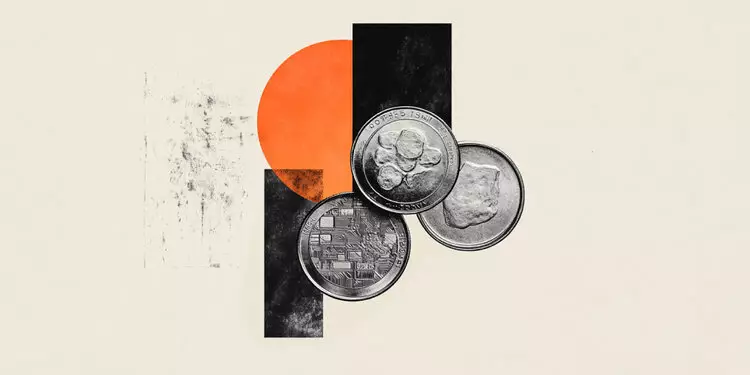In recent market activity, Silver has demonstrated notable fluctuations, retreating over 1% from a notable high of $32.64. This decline highlights the current undercurrents affecting precious metals, particularly the rising yields of U.S. Treasury bonds, which have acted as a considerable headwind against silver’s upward trajectory. After reaching a weekly peak, Silver found itself caught below the psychologically significant threshold of $32.00, underscoring shifts in investor sentiment against mixed job data released from the U.S. The latest trading positions Silver (XAG/USD) at around $31.82, down significantly, as it faces potential consolidations between the established range of $31.00 and $32.60.
Analyzing the current technical landscape, it appears that Silver is subject to downward pressure, which could lead to a test of critical support levels at $31.10 and $31.00. These levels align with key moving averages which stand as crucial indicators of market trends. The recent shift in momentum has manifested in a bearish bias on short-term indicators, particularly indicated by the Relative Strength Index (RSI). Though the RSI remains above the neutral line, suggesting potential buying interest, a sustained increase in Silver’s price will necessitate a breach above the $33.00 mark. Successfully surpassing this price point could ignite further bullish sentiment, pushing it toward testing the highs from late October at $34.54 and increasing upward pressure toward last year’s peak of $34.86.
Conversely, if the price pushes lower than the critical moving average support at $31.10, further declines may follow, with subsequent support being identified at $30.47 and $30.27 from the 50-day and 200-day simple moving averages, respectively. The upcoming trading sessions will prove pivotal as market participants gauge these key technical levels for potential reversals or consolidations.
Silver is increasingly recognized as an essential investment vehicle in diversified portfolios, serving both as a tangible asset and a hedge against volatility. Compared to gold, while less sought after, Silver retains its own unique attractions, especially during inflationary periods when its intrinsic value comes into play. Investment avenues for Silver include not only physical forms such as coins and bars but also Exchange Traded Funds (ETFs), which offer investors exposure without the necessity of holding the metal directly.
Multiple external factors contribute to the fluctuating prices of Silver. This includes geopolitical tensions, which can escalate Silver’s price as investors flock to safe-haven assets. Interestingly, unlike gold, Silver’s performance is also significantly impacted by industrial demand, particularly because of its high electrical conductivity—a characteristic that makes it indispensable in sectors like electronics and renewable energy. Increased demand in these industries can push Silver prices higher, while waning industrial activity tends to exert downward pressure.
Additionally, economic dynamics within major consumer markets such as the U.S., China, and India play crucial roles. The U.S. economy’s industrial requirements for Silver and China’s manufacturing strength necessitate a close watch on these economies, while India’s cultural affinity for Silver in jewelry contributes to global demand.
Silver’s relationship with gold is of particular interest to investors. Typically, when gold prices appreciate, Silver tends to follow suit, reflecting their shared reputation as secure assets. The Gold/Silver ratio can serve as a vital analytical tool, providing insights into their relative valuations. A high ratio might indicate that Silver is undervalued in comparison to Gold, presenting a potential buying opportunity. Conversely, a notably low ratio suggests the opposite—poised to alert investors that Gold may be undervalued relative to Silver.
The intricate dynamics surrounding Silver prices are influenced by a combination of technical aspects, external economic factors, and its pivotal relationship with Gold. As market observers continue to navigate these complexities, clarity around support and resistance levels, industrial demand, and economic conditions in key markets will remain crucial in shaping Silver’s pricing landscape moving forward. Investing in Silver requires not only a keen understanding of these elements but also an awareness of evolving market sentiment.

